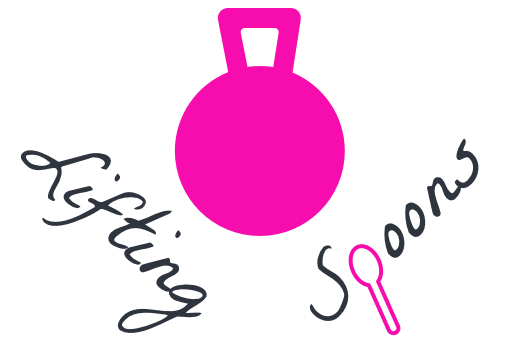When we think of our abs, it’s often the sixpack muscles that are visible on the front of our belly. 10 years ago you could read how hardcore sit-ups were the best for training your rectus abdominis (or sixpack muscle). Now, in an age of YouTube and Instagram Livestreams, you can watch endless yoga, barre and pilates sessions that are supposed to be much more efficient. Let me try to explain you some basics with regards to your abs below!
Is Your Core Your Abs?
Your abs are part of your core, together with many other muscle groups. We can divide the core in two sets of muscles; the inner and outer core.
The inner core includes the transversus abdominis, pelvic floor, diaphragm, quadratus lumborum and multifidus muscles. These muscles work together to stabilize the spine and pelvis, and help reduce any twisting potentially hurting your body.
The outer core is comprised of the rectus abdominis, internal and external obliques, and erector spinae. These muscles work together so you can flex the spine, complete lateral flexion and help maintain an upright position.
What Are Your Core Muscles?
- Rectus Abdominis: Brings the shoulders toward the pelvis, such as when you sit up in bed or perform a crunch.
- Internal and External Obliques: Trunk rotation, such as when you swing a tennis racket, and side bending.
- Transverse Abdominis: It’s the deepest of the abdominal muscles, and it provides support to the spine.
- Pelvic Floor: These muscles start and stop the flow of urine and feces. It’s the muscle that suffers the most during childbirth.
- Diaphragm: Enables you to breathe in and out.
- Back Extensors (quadratus lumborum, spine and multifidus): They support the spine when you’re bending forward and lifting weight.
- Hip Flexors: They bring your legs toward your torso.
What Does the Core Do?
- Balance
- Stability
- Breathing
- Bowel and Bladder Control
Why Should You Care about your Core?
- Important for pain-free functional movements. Your core keeps your spine stable and protected, which allows and helps the body to do everyday tasks like lifting heavy bags, doing groceries, lifting your kids and standing strong with good posture.
- Before, during and after pregnancy our core suffers a lot.
- Against chronic back pain.
- Against muscle injuries.
- Less fatigue and better endurance during sports performance.
- More balanced movements of our arms and legs.
How Can You Engage Your Core?
Engaging your core means contracting the muscles of your trunk to provide support in static positions and during dynamic movements of your hands, arms, feet and legs. In other words, your core is used for balance, lifting, pushing, pulling, and other movements.
You can engage your core during the following scenarios:
- Sitting: Sit up tall with a straight back, trying to pull your belly button towards your spine. You can also tighten your stomach as if someone is about to punch you.
- Breathing: Relax your abs, shoulders, and neck. Slowly breathe in, letting your stomach gently push outward. Try to keep your shoulders away from the ears.
- Weightlifting: Your core engages during resistance activities in which you’re holding weight in your arms, such as bicep curls, squats, deadlifts, and a military press.
- Cardio: Cardiovascular activities involve multiple movements in different directions engaging the core.
- Yoga: This practice involves the core in many movements, including planks, bridges, and side planks, as well as more balancing poses.
Exercises to Strengthen Your Core
Core Strength for Women - Online Workouts
Let me be your personal coach for today! My name is Lin, I am 31 years old, and a NASM certified personal trainer. Every Thursday evening at 6:30 PM and Sunday evening at 6PM I guide you through an online Core Strength Session that is tailored for Women that like to become stronger. We always start with a warm-up, then dive into our main part and end with a cool-down. The whole session takes about 50 minutes.
Suitable for both beginner as more intermediate and advanced levels, I offer you variations of all exercises. You only need your yoga mat, a tablet or laptop and some water to drink during the breaks. Sometimes we use simple preps like weights (or water bottles) or resistance bands. My goal is to make this session accessible for all!
Here you can find a free sample workout that you can do by yourself at home if you like. Hopefully you might get the taste of it, and contact me for your free trial by filling out the form at the right side of this page!

